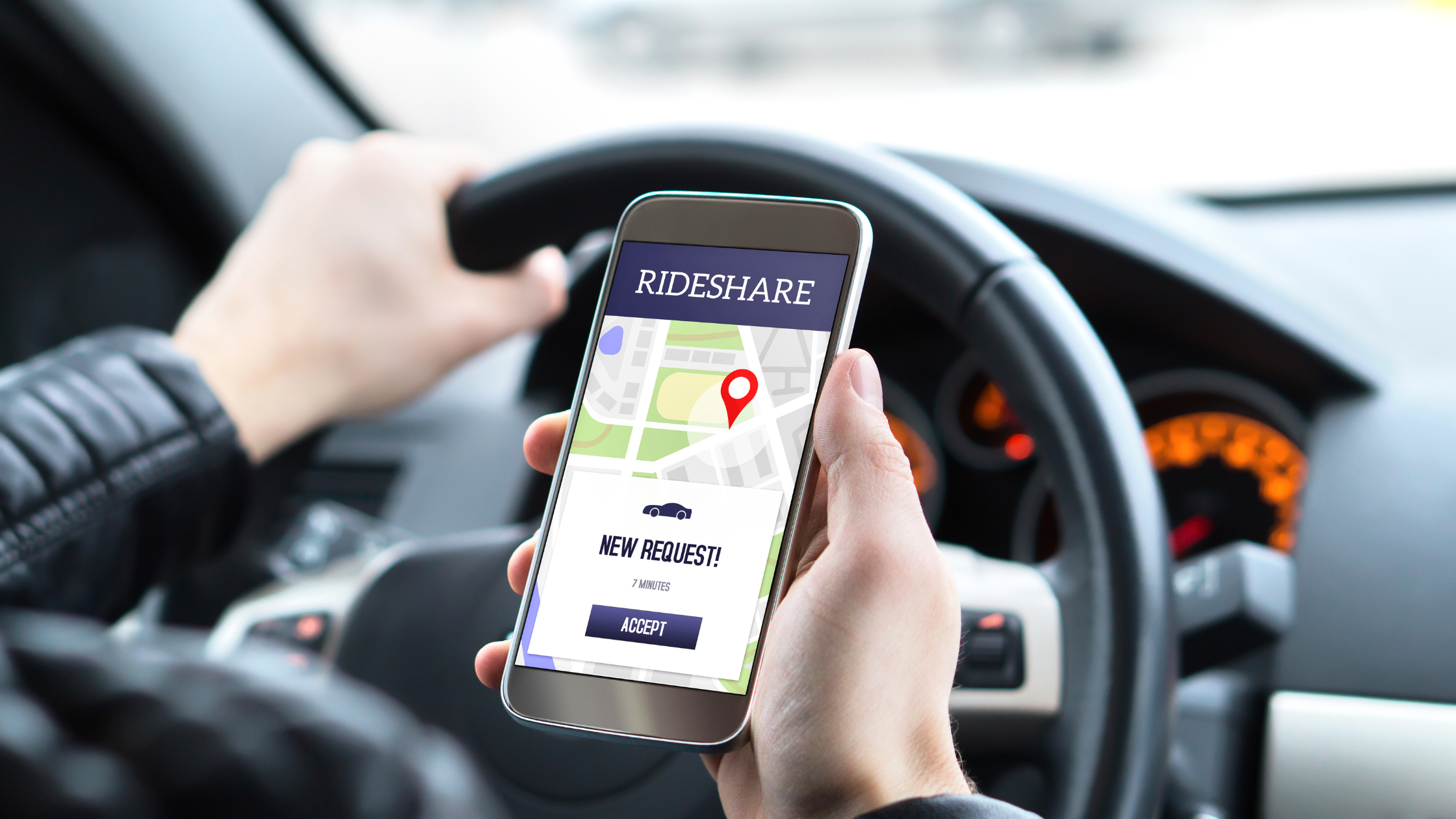If you’re a rideshare driver using platforms like Uber, Lyft, or DoorDash, you’ve probably heard of surge pricing—those magical windows when rates spike and your earnings climb. But are you truly maximizing your income during those times? Or are you just catching a few lucky rides and calling it a day?
Whether you’re new to the road or a seasoned pro, here’s how to get the most out of surge pricing and make those high-demand moments work for you.
Understand When Surge Pricing Happens
Surge pricing occurs when demand exceeds supply—meaning there are more riders than drivers available. Common surge windows include:
- Morning commutes (6:00 AM – 9:00 AM)
- Evening rush hours (4:00 PM – 7:00 PM)
- Weekend nights (especially Friday and Saturday)
- Major events or concerts
- Bad weather days (rain, snow, etc.)
- Holiday weekends
Pay close attention to local patterns. In Portland, for example, concerts at Moda Center, Timbers games, or festival weekends regularly trigger surges downtown.
Plan Your Schedule Strategically
You don’t need to work longer hours—you need to work smarter hours. If you’re using a rental from EcoDriven, plan your shifts around surge windows to stretch your ROI.
Pro tip: Many drivers schedule a short break before a known surge (like Friday night at 9 PM), so they’re fully recharged and in a prime spot when it hits.
Know the Hot Zones in Your City
Study your city’s heat maps. In apps like Uber or Lyft, surge areas will be marked in red or orange. Popular surge zones in Oregon include:
- Downtown Portland
- Pearl District
- Portland International Airport (PDX)
- SE Hawthorne & Division St. on weekends
- College areas during major events (e.g., UO, OSU games)
Stay close—but not too close. Hanging out just outside the surge zone lets you swoop in quickly without competing with dozens of other drivers sitting in the center.
Use the Right Vehicle for the Job
Driving a fuel-efficient or hybrid car during surge pricing can increase your net earnings. With an EcoDriven hybrid rental, you’ll spend less on gas, meaning more of that surge bonus goes into your pocket.
Drivers often overlook fuel costs when calculating their profit—but with prices hovering around $4 per gallon, saving on fuel is a massive advantage during long hours or city traffic.
Turn Down Low-Paying Rides (Tactfully)
During surges, it’s okay to decline low-fare rides that send you away from the hot zones or clog up your valuable time. Just don’t cancel too many—platforms may penalize high cancellation rates.
Instead, try letting the request time out if it’s not ideal, or go offline for a minute and reposition yourself.
Stack the Bonuses
Many platforms offer additional quests, streaks, or hourly guarantees on top of surge pricing. Keep an eye on promotions and stack them. For example:
- Complete 3 rides in a row during a surge = extra $12
- Drive 50 rides in a weekend = bonus $100
The key is knowing how to line these up with surge windows to boost your hourly rate even further.
Track Your Results and Adapt
Use a basic spreadsheet or an app like Gridwise or Strides to track:
- When you drive
- Where you get the best rates
- How much you earn per hour
- How much you spend on gas
Over time, this data helps you fine-tune your strategy and figure out which surges are worth chasing and which are overhyped.
Final Thoughts
Surge pricing is a golden opportunity—but only if you know how to work it. By staying alert, planning your hours, positioning wisely, and driving a fuel-efficient rental like those from EcoDriven, you can earn significantly more without burning yourself out.
Need a rideshare-ready hybrid vehicle in Oregon?
EcoDriven has affordable, reliable cars ready for you—so you can maximize every mile.
Book now. Drive smarter. Earn more.
